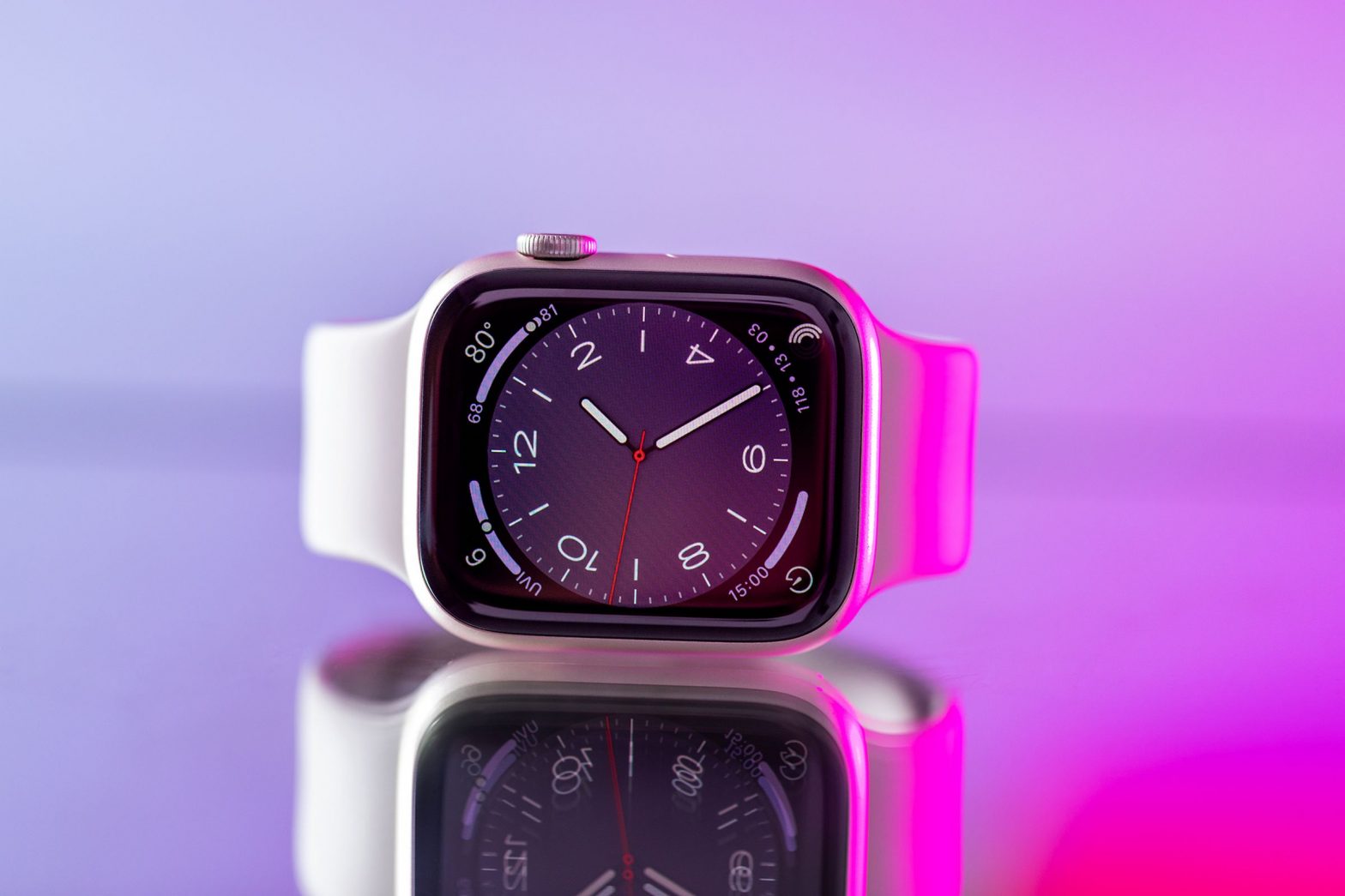/
Smartwatches — and soon smart rings — have become ways to lock people into ecosystems. It sucks.
Share this story
:format(webp)/cdn.vox-cdn.com/uploads/chorus_asset/file/24023372/226266_APPLE_WATCH_8_SE_PHO_akrales_0652.jpg)
When people ask me what smartwatch they should buy, I always ask them the same question: what phone do you have?
Sadly, the phone you have largely dictates which smartwatches you can buy. They aren’t standalone devices. You need a phone to set them up, and as the US Department of Justice pointed out in its monopoly case against Apple, that makes them the perfect accessory for locking people into an ecosystem. If you spend $400 on an Apple Watch and absolutely love it, you’re less likely to give up on an iPhone you don’t like.
Apple’s well aware of this. In the DOJ lawsuit, an Apple executive is quoted as saying the Apple Watch “may help prevent iPhone customers from switching.” But for a long time, this wasn’t that serious of a problem. There were plenty of other fitness trackers that offered a similar experience on iOS, especially when the Apple Watch was new. But over the years, the Apple Watch has dominated as the number one smartwatch in the world. The fact that it’s widely regarded as one of the best — if not the best — smartwatches makes it even harder to switch. In light of that success, it seems other major wearable makers are also deciding to double down on their own ecosystems.
Just look at Wear OS. Prior to 2021, Wear OS watches worked both on iPhone and Android. Didn’t like the rectangular Apple Watch? No big. You could buy a fetching, round-faced Samsung Galaxy Watch 3. Sure, it’d work better with a Samsung phone, but you could still have a great experience with an iPhone. Then, once Google and Samsung joined hands to create Wear OS 3, Samsung’s watches became Android-only.
Whatever! Fossil’s army of Wear OS watches maintained a platform-agnostic stance. As did other brands like Montblanc and Mobvoi. Fitbit smartwatches like the Versa and Sense lines were also available for iOS and Android. Even so, it became clear the writing was on the wall. Third-party Wear OS 3 watches were missing Google Assistant and received updates much slower. The Wear OS companion app also disappeared.To maintain iOS compatibility, the burden was now on smartwatch makers to make their companion apps and make sure they were iOS-compatible.
But then, Googlefication of Fitbit ensued. Fitbit smartwatches were nerfed in favor of the Pixel Watch, which was Android-only. When Wear OS 4 launched last year, it was only available on Google and Samsung watches — meaning the latest updates were limited to Android phones. It started looking like the companies still making iOS-compatible Wear OS watches were getting left behind. To make matters worse, Fossil has since decided to pull out of the smartwatch market, taking the vast majority of platform-agnostic Wear OS watches with it. Meanwhile, Mobvoi’s latest TicWatch Pro 5 no longer works with iOS. OnePlus recently also launched a new Wear OS 4 smartwatch. It, too, is Android-only.
It’s hard to blame Google, Samsung, and other smartwatch makers. The iPhone-Apple Watch connection is so well established, why put in all that effort to serve customers who don’t want to be lured away? Plus, it’s not like they can deliver the same exact experience even if they wanted to. As the DOJ complaint notes, Apple limits API access to third-party smartwatch makers. Say you have a Garmin smartwatch. You’ll be able to send quick replies if it’s paired to an Android phone but not an iPhone. This is the case with all platform-agnostic smartwatches. Whenever I ask companies about this, they give me the equivalent of a shrug and say that’s up to Apple.
With the Samsung Galaxy Ring on the way, there’s a part of me that’s afraid it won’t stop at smartwatches either. We’re still light on details, but it’d be very easy for Samsung to use the ring as a way to make its phone and smartwatch stickier. To keep people in Samsung’s garden. A recent Chosun Ilbo report also hints that Samsung has designs to make the ring integrate with its Samsung Food app and the smart kitchen. If the Samsung ring works best with the Samsung watch, and the Samsung watch is only for Android… you can see where that road leads.
Realistically, I know lots of folks won’t see what the big deal is. “It just works” is a compelling sales pitch, and it is convenient. It’s very hard to argue against a seamless user experience. But for those of us who want more choices, who would love to wear a round smartwatch with an iPhone without giving up features? Using smartwatches to reinforce ecosystems is a major bummer. The DOJ agrees.
